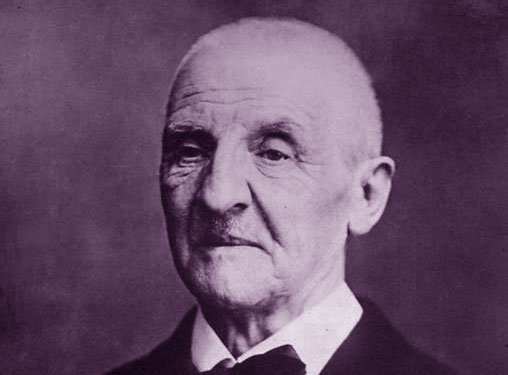Introduction
The Mass K257 falls in the stream of the so-called Credo-Masses.
The name is derived from the long setting of the Credo, a practice adopted on many occasions, including, among others, Mozart’s own Kleine Credo Messe K192 and, later on, Beethoven’s Missa Solemnis.

W.A.Mozart
Mozart – Mass K257, Credo – Analysis
Section A
Should you need a score you can find one here.
The movement is the third one of the mass, following the canonical division of Kyrie, Gloria, Credo, Sanctus, Benedictus, and Agnus Dei.
Split in an ABA structure, what immediately catches the attention is the motive on which the word “Credo” is built: two notes, which repeatedly come back throughout the first (and the last) part of this movement.
Mozart begins with a clear statement in a forte dynamic, followed by a repetition of the same two bars in piano.

Oops...
This content is available for free with all memberships.
Already a member? Login here.
Not a member yet? Subscribe today and get access to more than 80 videos, scores analysis, technical episodes, and exercises.












0 Comments